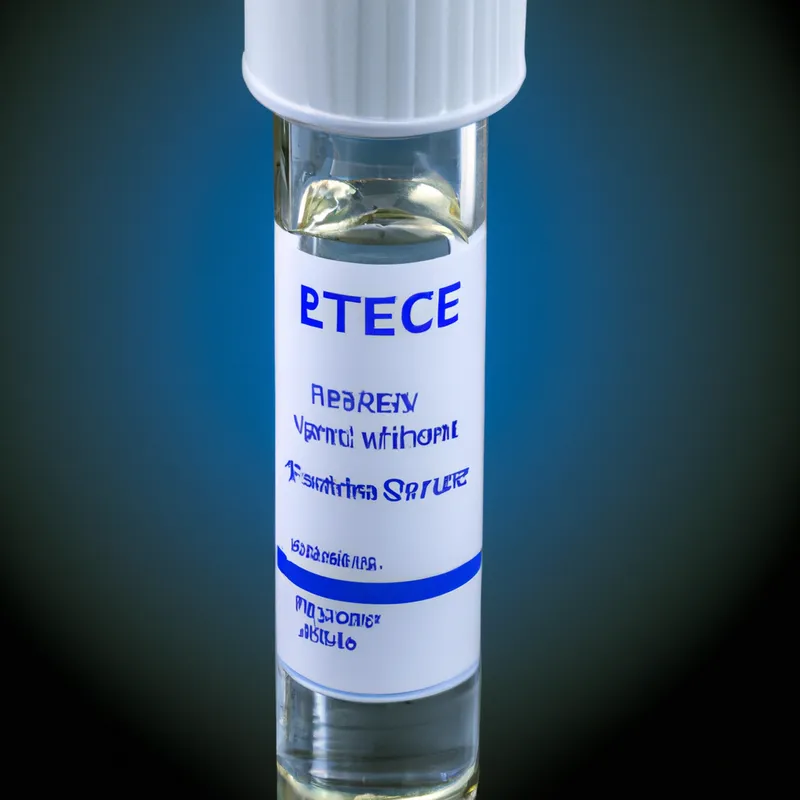Master the Art of Ice Therapy for Inflammation
The Impact of Ice Therapy on Inflammation: A Comprehensive Review
Ice therapy, or cryotherapy, helps manage pain and reduce inflammation. Athletes and fitness enthusiasts use it to recover from injuries and improve performance. Scientific research explores ice therapy’s effects on inflammation. This review examines the mechanisms, benefits, applications, and guidelines for effective ice therapy.
Understanding Inflammation
Inflammation serves as the body’s natural response to injury or infection. It protects and helps the body heal. However, inflammation can become problematic when it turns chronic.
Acute vs. Chronic Inflammation
**Acute Inflammation**: This inflammation occurs suddenly and lasts briefly. It causes redness, swelling, heat, and pain. Acute inflammation protects the body by isolating pathogens and aiding tissue repair.
**Chronic Inflammation**: Chronic inflammation lasts longer and can harm tissues. It links to conditions like arthritis, heart disease, and diabetes. Managing inflammation effectively supports overall health.
How Ice Therapy Works
Ice therapy operates through multiple physiological mechanisms. Applying ice causes vasoconstriction, narrowing blood vessels and reducing blood flow. This process decreases swelling and alleviates pain. The cooling effect also slows metabolic activity, further lowering inflammation.
The Role of Ice Therapy in Pain Management
Ice therapy reduces inflammation and provides immediate pain relief. Ice numbs the affected area and interrupts pain signals to the brain. This effect benefits individuals with acute injuries, postoperative pain, or tendinitis.
Benefits of Ice Therapy
Research shows that ice therapy offers key benefits for managing inflammation:
1. Reduces Swelling
Ice therapy significantly reduces swelling after injuries. Applying ice minimizes fluid accumulation, helping athletes recover from sprains, strains, and acute injuries.
2. Alleviates Pain
Ice therapy numbs the affected area, providing immediate pain relief. The analgesic effects of ice aid recovery, allowing individuals to perform rehabilitation exercises with less discomfort.
3. Enhances Recovery
Ice therapy enhances the recovery process by reducing inflammation and pain. Athletes often use ice therapy after intense workouts or competitions to speed healing.
Conclusion
Ice therapy effectively manages inflammation, reduces swelling, alleviates pain, and enhances recovery. It plays a vital role in injury recovery for athletes and individuals alike.
Below are related products based on this post:
FAQ
What is ice therapy and how does it work?
Ice therapy, or cryotherapy, is a method used to manage pain and reduce inflammation. It works by applying ice to an affected area, which causes vasoconstriction—narrowing blood vessels to reduce blood flow. This process decreases swelling and alleviates pain by numbing the area and interrupting pain signals to the brain.
What are the primary benefits of using ice therapy?
Ice therapy offers several key benefits, including the reduction of swelling, alleviation of pain, and enhancement of recovery. It is particularly effective for managing inflammation after injuries, allowing athletes and individuals to recover more quickly and perform rehabilitation exercises with less discomfort.
When should ice therapy be applied?
Ice therapy is most beneficial when applied immediately after an acute injury, such as sprains or strains, to minimize swelling and pain. It can also be used post-surgery or after intense workouts to aid in recovery. Following guidelines for effective application, such as duration and frequency, can maximize its benefits.















Post Comment